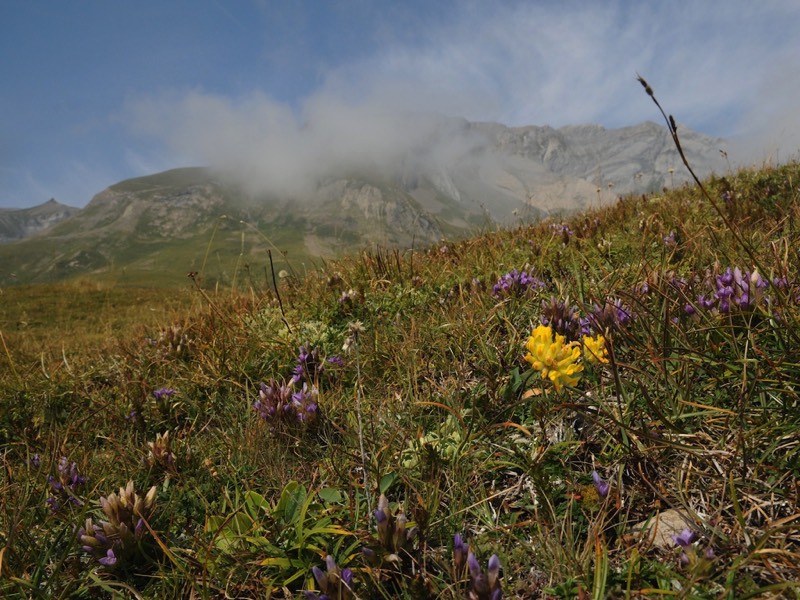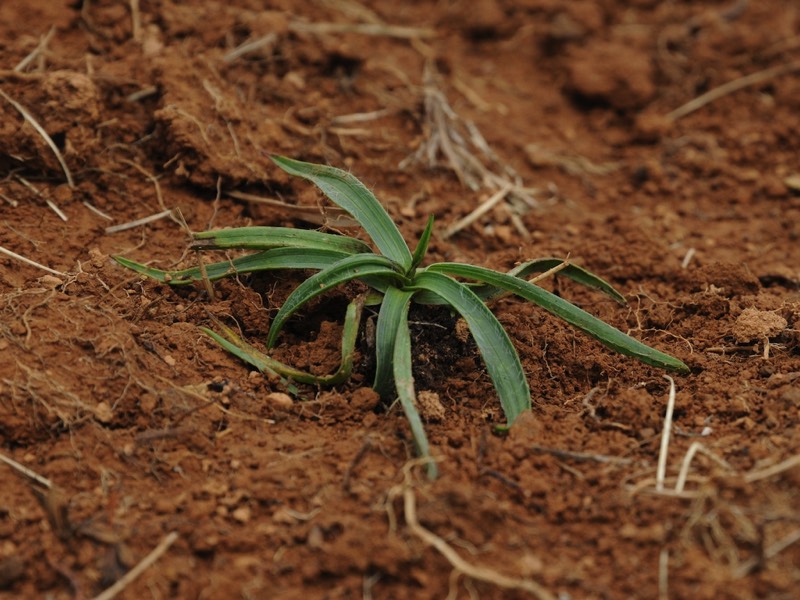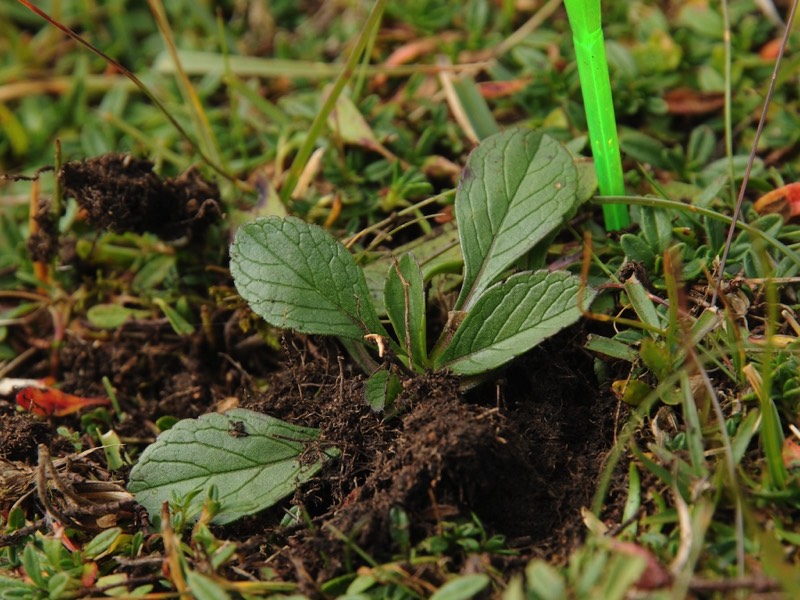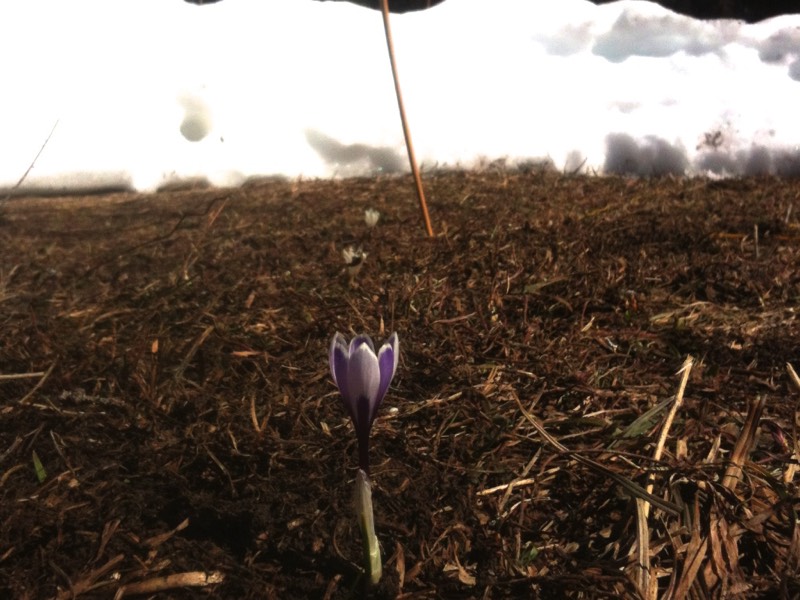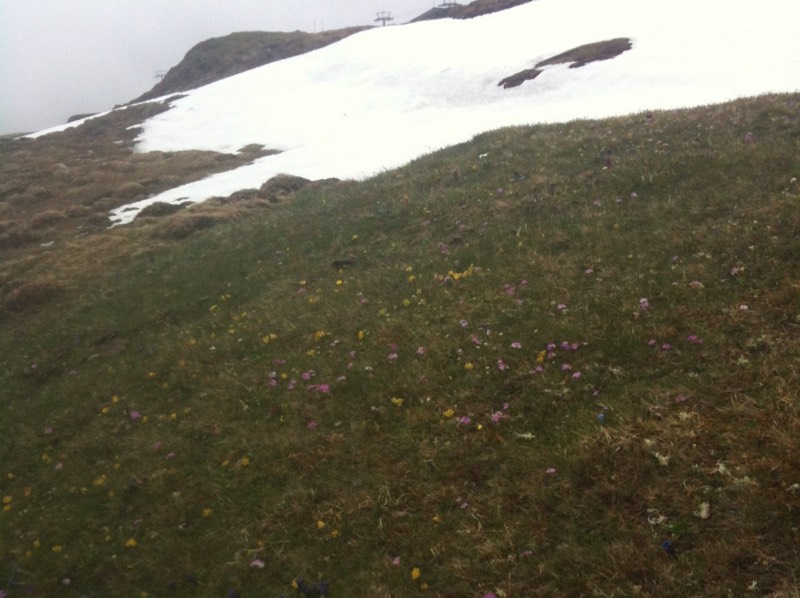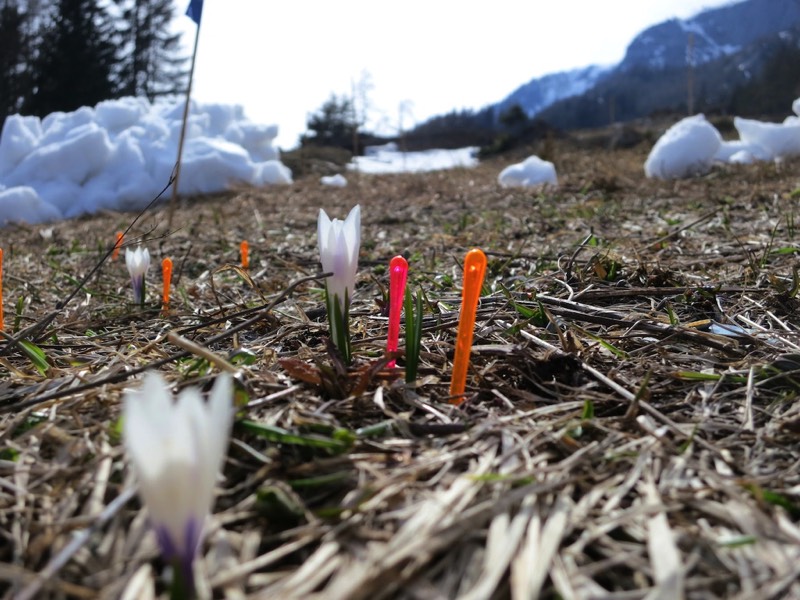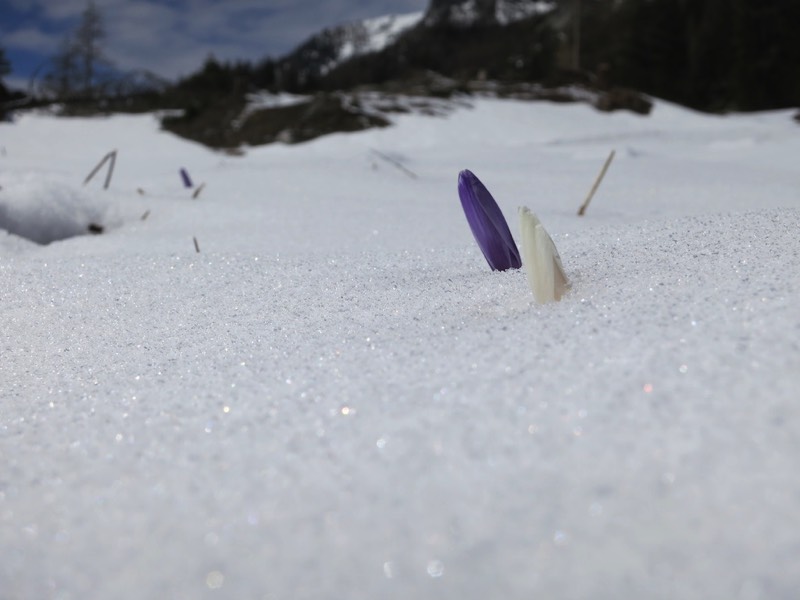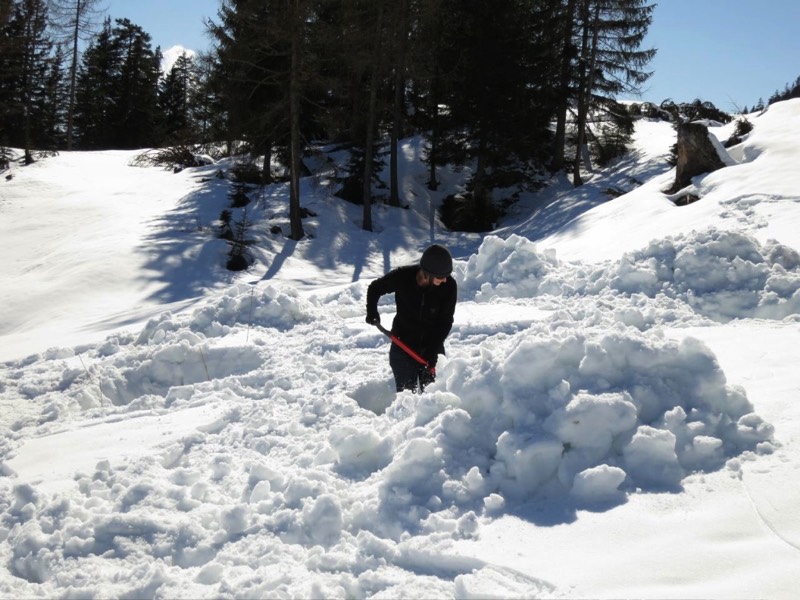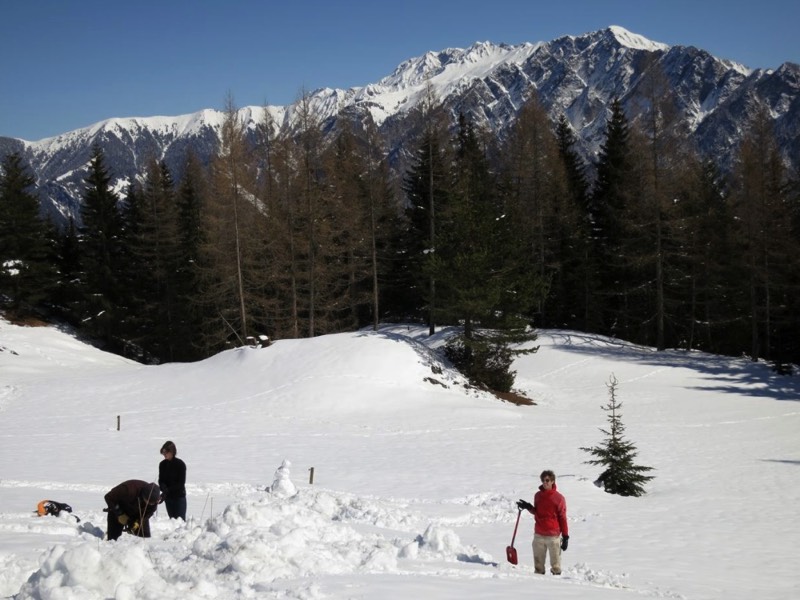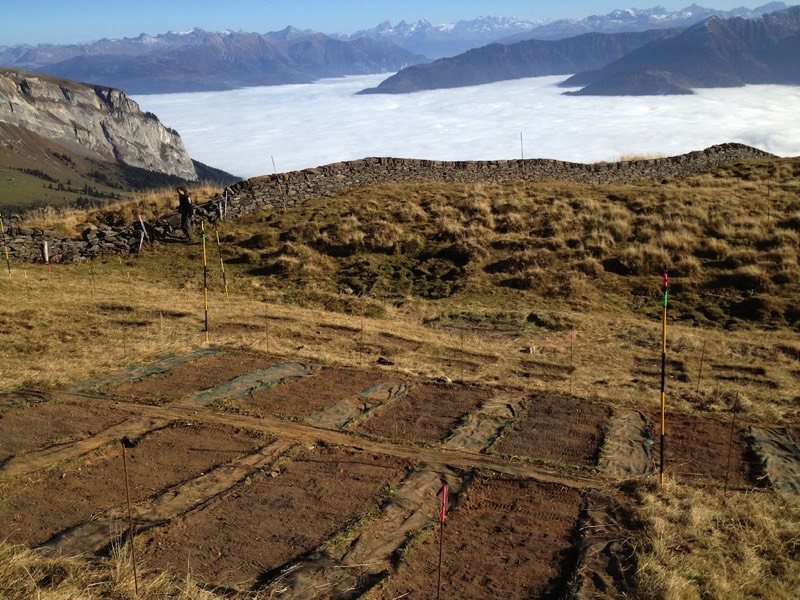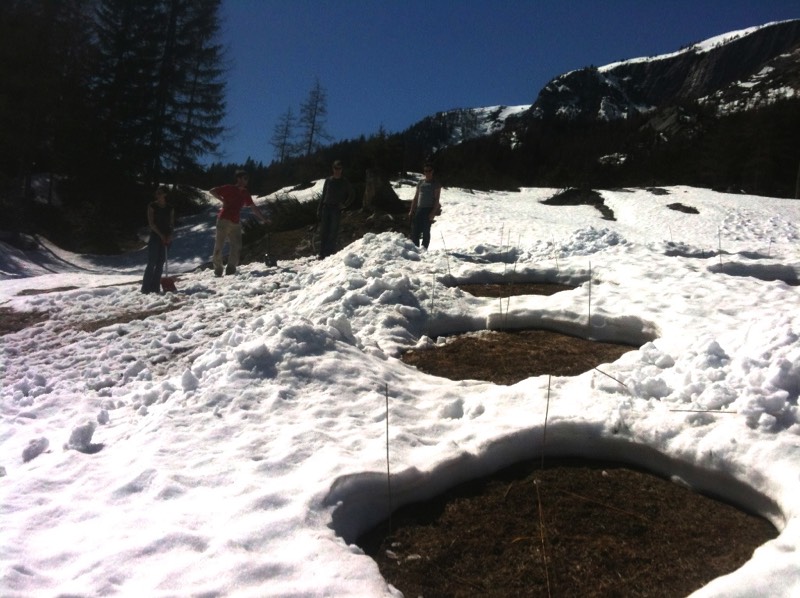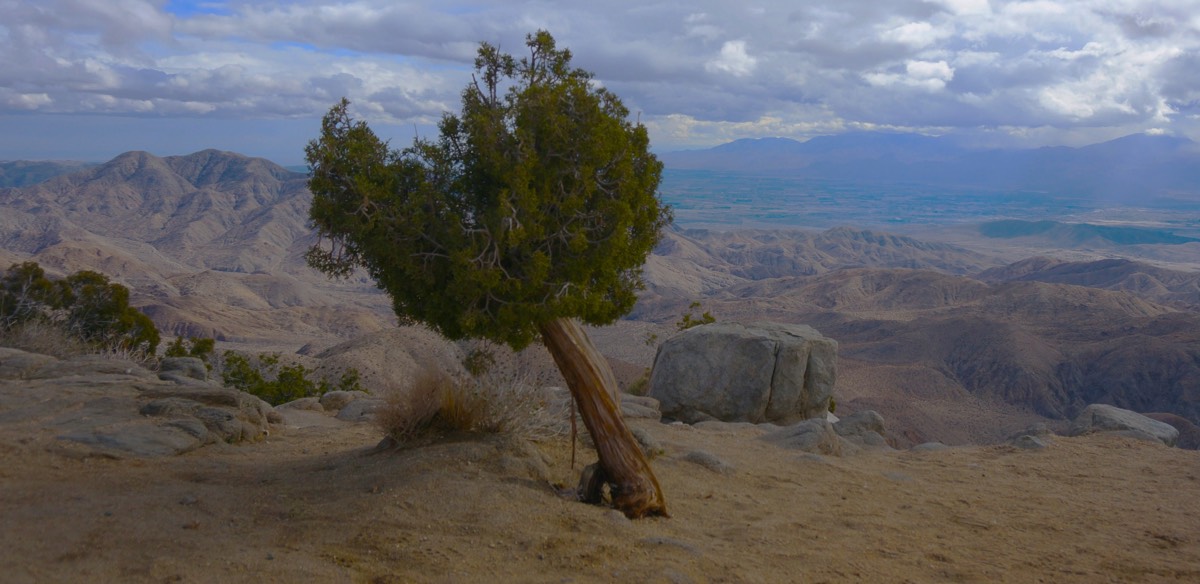
Phenological responses to climate and weather
Changes in phenology (the timing of life cycle events such as bud burst, insect emergence, bird migration, etc) have been important early indicators of climate change. The effects of shifting phenology may cascade through ecological levels, from altered physiology and performance of individuals, to population dynamics, community interactions and ecosystem processes. I’m using a combination of field studies and historical databases to link phenological changes to the demographic consequences for plants and the interactions with other organisms.
Demographic Consequences of Phenological Change
Due to increased temperatures and decreased precipitation, many alpine and arctic ecosystems are expected to exhibit earlier dates of snowmelt. The implications of the resulting change in growing season length for plant communities are largely unknown. The benefits of longer growing seasons and risks of late frosts may affect species unequally, and resulting changes in competitive abilities may be complex. We are using field experiments in the Swiss Alps to build a more mechanistic understanding of how plant communities may change. In particular, we are using extensive phenological and demographic monitoring, in addition to manipulative experiments, to ask how population dynamics and community interactions are affected by season length.
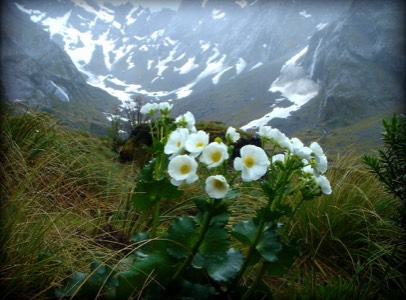
Fungal responses to climate change
Fungi play important roles in ecosystems and have ubiquitous and intimate interactions with plants. Despite their important roles, we know very little about how fungi are responding to climate change. Do fungi have different responses to climate change than plants? What might different responses among these groups mean for ecosystem processes and plant performance? I’m using datasets from North America and collaborating on a Europe-wide project aiming to build an understanding of how fungi are responding to climate change. I’m interested to use field and lab experiments to target specific hypotheses about how fungi are responding and to explore the implications for plant performance and ecosystem dynamics.

Relevant publications
Diez, J.M., T. James, M. McMunn, I. Ibañez. 2013. Predicting species-specific responses of fungi to climatic variation using historical records. Global Change Biology 19(10): 3145-3154. [pdf]
Caplat P., P.O. Cheptou, J.M. Diez, A. Guisan, B.M.H. Larson, A.S. MacDougall, D.A. Peltzer, D.M. Richardson, K. Shea, M. van Kleunen, R. Zhang, and Y.M. Buckley. 2013. Species' movements in response to climate change: insights from invasions. Oikos 122(9):1265-1274. [pdf]
Martín-Queller, E., J.M. Diez, I. Ibañez, S. Santiago. Effects of silviculture on tree species richness: interactions between management, landscape context and regional climate. 2013. Journal of Applied Ecology 50(3):775-785. [pdf]
Sorte, C.J.B., I. Ibañez, D.M. Blumenthal, N.A. Molinari, L.P. Miller, E.D. Grosholz, J.M. Diez, C.M. D'Antonio, J.D. Olden, S.J. Jones, J.S. Dukes. Poised to prosper? A cross-system comparison of climate change effects on native and non-native species performance. 2013. Ecology Letters 16(2):261-270. [pdf]
Diez, J.M., I. Ibáñez, J. Silander, R. Primack, H. Higuchi, H. Kobori, A. Sen, T. James. (in press) Beyond seasonal climate: statistical estimation of phenological responses to weather. Ecological Applications.
González-Moreno, Pablo; J.M. Diez, I. Ibáñez, X. Font, M. Vilà. (in press) Context-dependent effects of climate and land-cover on plant invasions. Diversity and Distributions.
Diez, J.M., I. Ibañez, A. Miller-Rushing, S. Mazer, T. Crimmins, M. Crimmins, D. Bertelsen, D. Inouye. 2012. Forecasting phenology across scales: the challenge and value of variability. Ecology Letters 15(6): 545-553. [pdf]
Ellwood, E., J. Diez, I. Ibañez, R. Primack, H. Higuchi, S. Don Lee, H. Kobori, J. Silander. 2012. Disentangling the paradox of insect phenology: are temporal trends reflecting the response to warming? Oecologia 168(4):1161-1171. [pdf]
